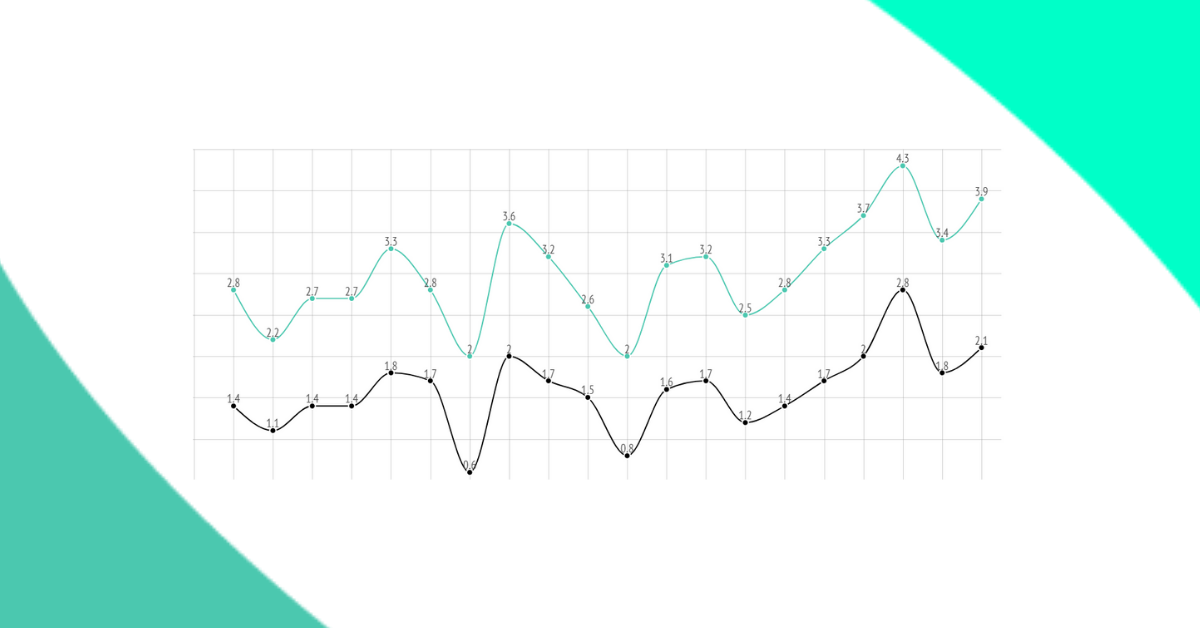As the coronavirus is heavily impeding activity in the manufacturing, tourism, and energy sectors, economies in Central and Eastern Europe are about to face their worst year since the global financial crisis in 2008, reveals a new forecast published by the Vienna Institute for International Economic Studies (wiiw).
Initially, wiiw created projections for 23 countries, which included four different scenarios – pre-coronavirus baseline, mild, medium, and severe one. However, as disruption of economic life intensified further, the severe scenario has now become the best-case scenario, says the statement accompanying the forecasts.
The severe scenario is actually based on the assumption that the virus containment efforts will be able to limit the spread of COVID-19 by the middle of 2020. According to the projections, in this case, real GDP growth in Central, Eastern, and Southeastern Europe will be just 1.1% with Bulgaria falling from projected growth of 2.8% to 1.4%.
(For the best possible experience, hover over the chart, and click on the three dots in the upper corner to enable full-screen)
Wiiw also mentions that the coronavirus has detracted attention from other big problems in the region such as the increasing shortage of labor.
On a more positive note, wiiw considers Central, Eastern and Southeastern Europe well-prepared for further digitalization, which could result in more productive service sectors. For this to happen, though, the government should make sure policies are put in place for investments in new technology and education of the workforce.






























